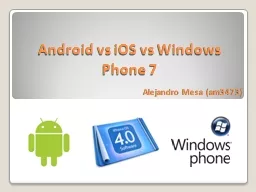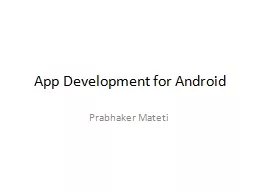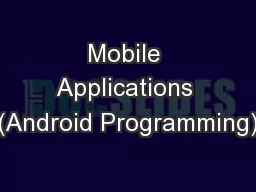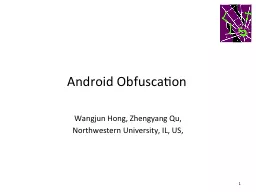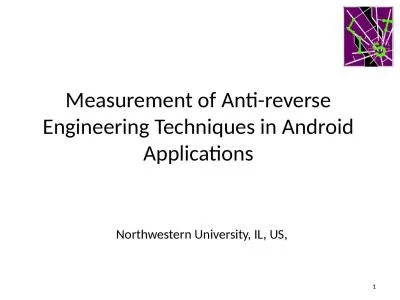PPT-Reverse Engineering Obfuscated Android Applications
Author : ellena-manuel | Published Date : 2017-05-23
Tom Keetch IntrinSec SSA Ltd SteelCon Sheffield 4 th July 2015 About Me Independent Software Security Consultant in London IntrinSec SSA Ltd All forms of software
Presentation Embed Code
Download Presentation
Download Presentation The PPT/PDF document "Reverse Engineering Obfuscated Android A..." is the property of its rightful owner. Permission is granted to download and print the materials on this website for personal, non-commercial use only, and to display it on your personal computer provided you do not modify the materials and that you retain all copyright notices contained in the materials. By downloading content from our website, you accept the terms of this agreement.
Reverse Engineering Obfuscated Android Applications: Transcript
Download Rules Of Document
"Reverse Engineering Obfuscated Android Applications"The content belongs to its owner. You may download and print it for personal use, without modification, and keep all copyright notices. By downloading, you agree to these terms.
Related Documents


